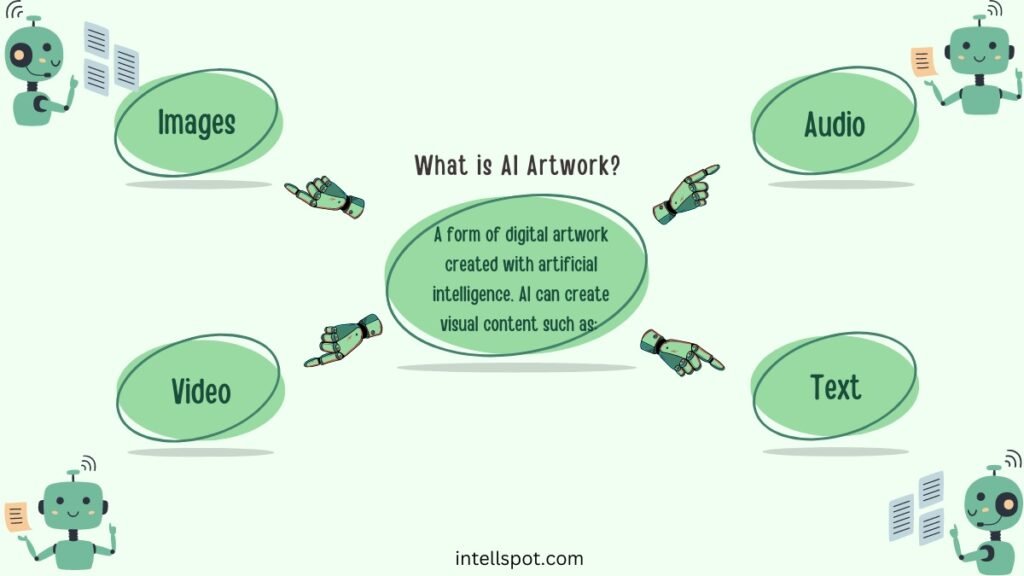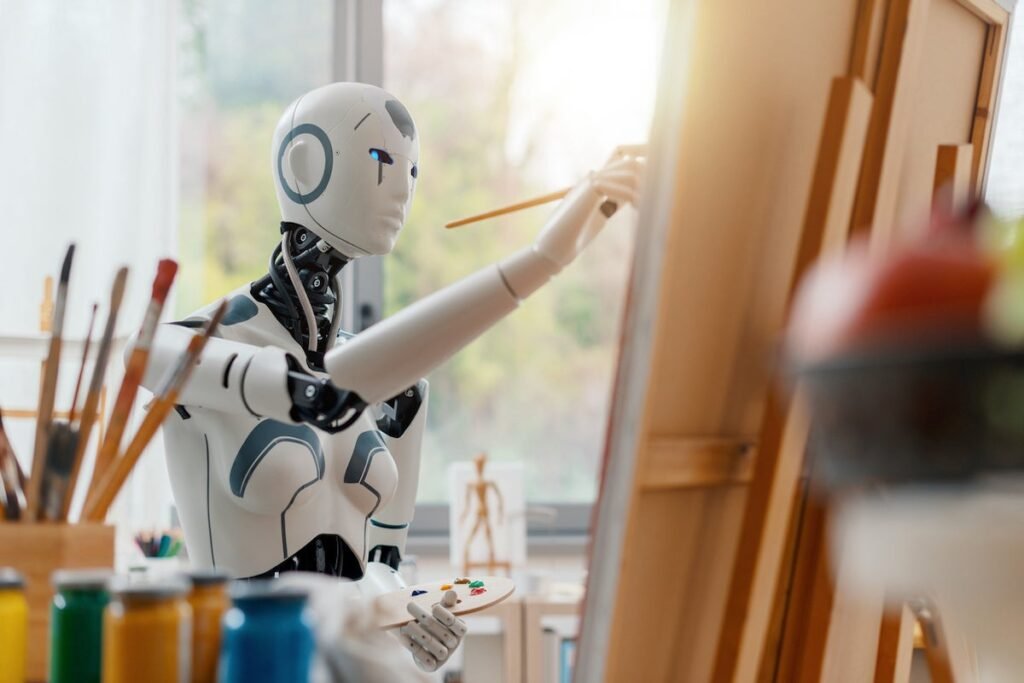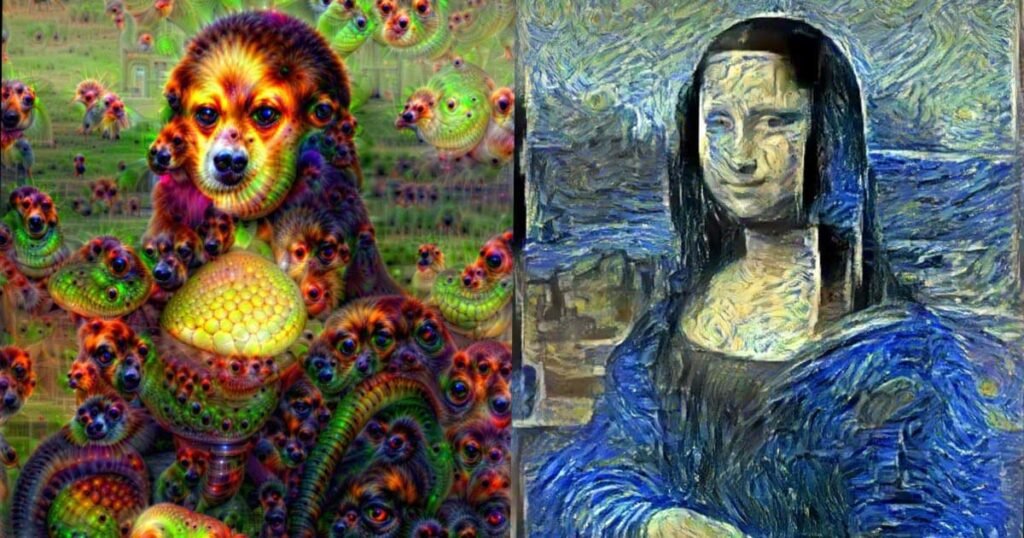In the ever-evolving world of technology, the intersection of artificial intelligence and art has given rise to a fascinating and innovative concept known as AI art. But how is ai art made? This intriguing process merges the creativity of human minds with the computational power of AI algorithms to produce awe-inspiring artworks that challenge traditional notions of artistry.
Through a meticulous blend of data analysis, machine learning techniques, and artistic expertise, AI art has emerged as a testament to the remarkable capabilities of both man and machine in the realm of artistic expression. Discover the captivating journey of how is ai art made and creating AI art. We unlock the secrets behind this groundbreaking fusion of intellect and innovation.
How is ai art made? Understanding the process of creating AI art
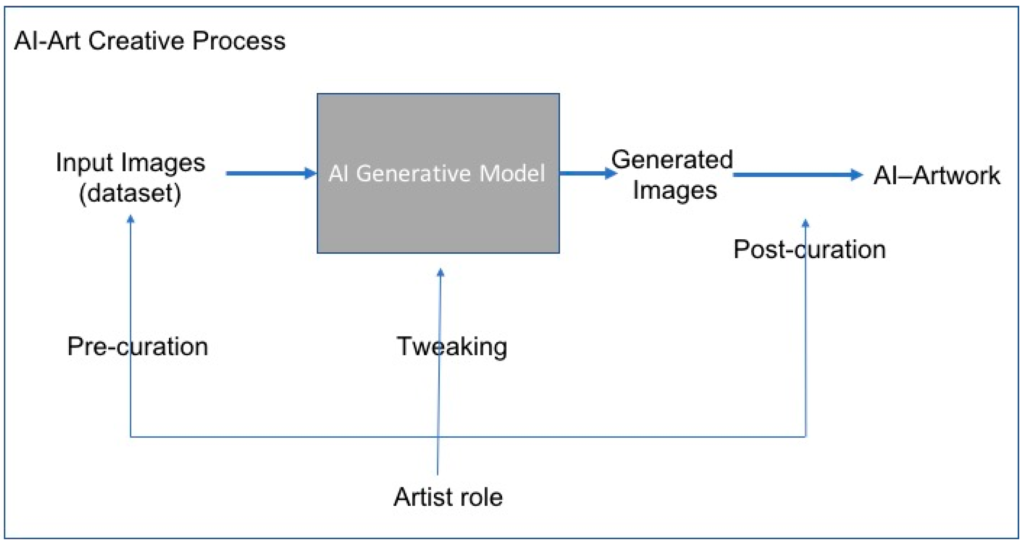
This image is property of www.mdpi.com.
Introduction to how ai art is made
AI Art, also known as Artificial Intelligence Art, is a burgeoning field that combines the capabilities of artificial intelligence technologies with the creativity and expression of the human mind. It involves the use of algorithms and machine learning techniques to generate original artworks or assist artists in their creative process. By leveraging AI, and understanding how is ai art made, artists can explore new possibilities, push boundaries, and create innovative pieces that challenge traditional notions of art.
The Role of Artificial Intelligence in Creating Art
Once one of things you learn in how is AI art made, artificial intelligence plays a pivotal role in the creation of AI art. It provides artists with advanced tools and techniques to enhance their artistic endeavors. AI algorithms can learn from vast amounts of data, analyze patterns and styles, and generate new artwork based on this information. These algorithms can also assist artists in the creative process by providing suggestions, generating ideas, or enhancing existing artworks. By taking advantage of AI, artists can benefit from a collaboration between human creativity and machine intelligence.
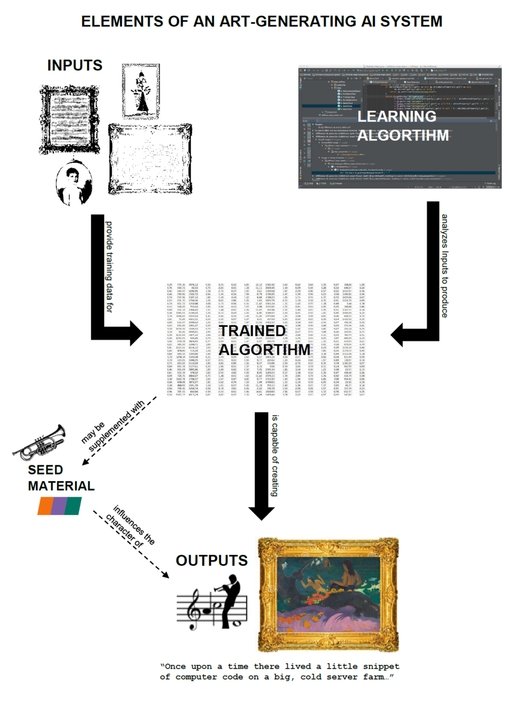
This image is property of jolt.law.harvard.edu.
Step-by-step process learning how is ai art made
Creating AI art involves a series of steps, each building upon the previous one to generate and refine artwork that reflects the artist’s vision. Let’s delve into the step-by-step process of creating AI art.
Gathering Data for AI Art
The first step in creating AI art is gathering relevant data. This can include a wide range of artistic resources, such as images, paintings, sketches, and even animated images or videos. The more diverse and comprehensive the dataset, the better the AI models will be able to learn and generate unique artwork. Artists can rely on various sources, such as online image repositories, personal collections, or collaborations with other artists, to gather the necessary data for their AI art projects.
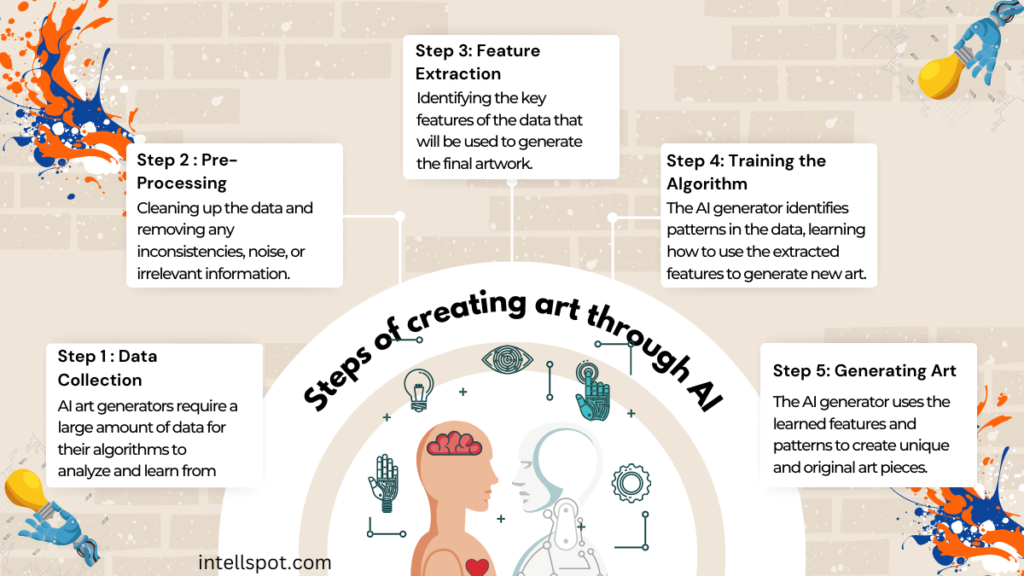
Preprocessing of Data
Once the data is collected, it needs to be preprocessed to ensure it is suitable for training the AI model. Preprocessing involves cleaning the dataset, removing any noise or irrelevant artifacts, and standardizing the data to a consistent format. This step is crucial to enhance the accuracy and reliability of the AI model’s learning process. Artists can utilize image processing techniques, data manipulation tools, or custom scripts to preprocess their collected data effectively.
Training the AI Model
Training the AI model is a key step in the creation of AI art. Using machine learning algorithms, artists can train their models to learn and understand the patterns, styles, and artistic elements present in the collected data. This training process involves feeding the AI model with labeled or unlabeled data, allowing it to learn from the examples and develop its own unique artistic style. Artists can leverage deep learning frameworks, such as TensorFlow or PyTorch, to train their models efficiently.
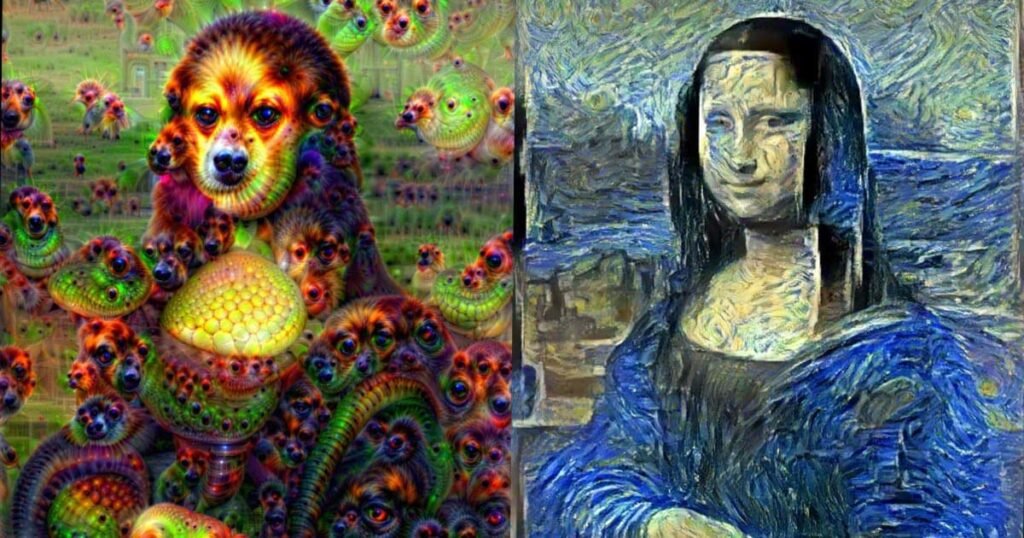
Generating Artwork with the AI Model
Once the training is completed, artists can leverage their trained AI models to generate new artwork. By inputting random or specific parameters into the model, such as style preferences or composition guidelines, artists can generate a wide range of unique artwork. The AI model takes these inputs and uses its learned knowledge to create output that aligns with the artist’s specifications. This step allows artists to explore new artistic possibilities and discover novel concepts that can inspire their creative process.
Evaluating and Selecting Generated Art
After the AI model generates artwork, it is essential for artists to evaluate and select the most appealing and artistically sound pieces. Artists can assess the generated artwork based on various criteria, such as aesthetic appeal, coherence, originality, or emotional impact. This evaluation process enables artists to refine their selection and choose the artwork that best represents their artistic vision. Additionally, artists can iterate through this step multiple times to refine their AI models further.
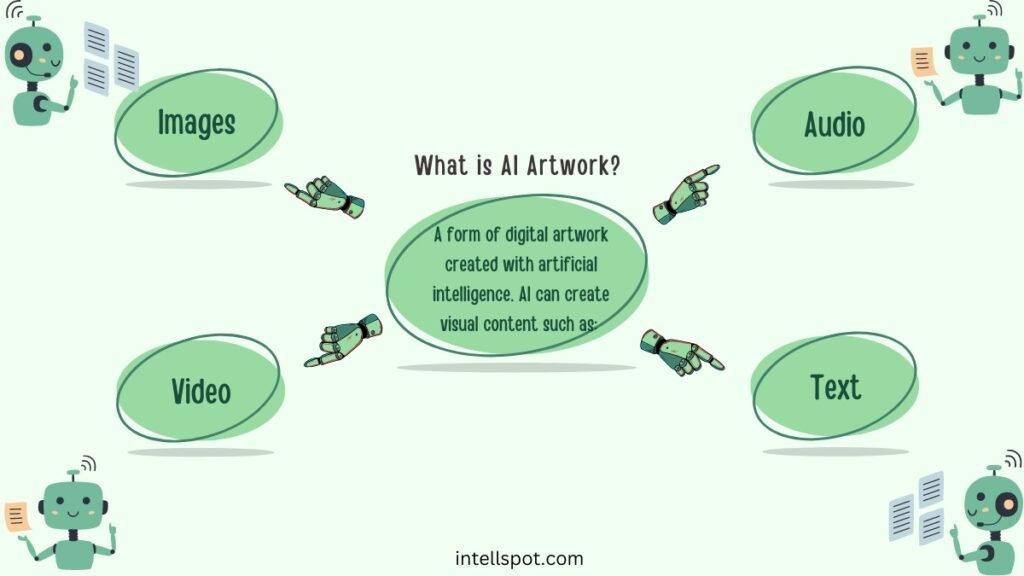
This image is property of www.intellspot.com.
Refining and Enhancing AI-Generated Art
While AI models can generate impressive artwork, it is vital for artists to fully understand how is ai art made, and then refine or enhance the output to align it with their creative vision. Artists can use traditional artistic techniques, such as manual editing, post-processing, or combining AI-generated elements with their own artistic touch, to add a personal flair to the artwork. This step allows artists to infuse their unique style and perspective into the AI-generated art, creating a harmonious blend of human creativity and machine intelligence.
Ethical considerations in how is ai art made
As AI art continues to gain popularity and evolve, it raises important ethical considerations. The use of AI algorithms and models in the creative process challenges the traditional notions of authorship and originality. Artists need to be mindful of the potential implications of using AI in their artistic practice, such as copyright infringement, ownership, or potential biases in the training data. It is crucial for artists to navigate these ethical considerations and ensure they uphold ethical standards while creating AI art.
In conclusion, AI art is a dynamic and exciting field that combines the capabilities of artificial intelligence with human creativity. Through the step-by-step process of gathering data, preprocessing, training AI models, generating artwork, evaluating, refining, and considering ethical considerations, artists can leverage AI to push artistic boundaries and create truly innovative and unique pieces of art. So know that you’ve got a better insight into how is ai art made, you can see the collaboration between human artists and AI technologies has the potential to revolutionize the art world and open up new avenues of creativity and expression.

